A very old method of getting baits to move around in fast rivers is to use a drilled bullet lead.
I suppose the idea of a drilled bullet came from the old muskets and someone must have got hold of one of the shot sometime, drilled a hole straight through and slid it onto their line. Lots of people have used them including Chris Yates, for catching chub and barbel. When I did, they seemed to get into a tangle and I thought of ways to correct this.
Working along the John Roberts Anti-Tangle Boom principal I thought of some way of attaching a boom to the bullet. This is what I came up with, but you will need a pillar drill to achieve this.
First of all, you will need a piece of scrap timber, plywood will suffice, and into this hammer a panel pin (one that just fits into the drilled bullet hole) so that it protrudes through the other side by about 3mm, no longer. It must be hammered in straight, but any unused bit from the head underneath can be hammered flat as you won’t need this. You can file the point of if you wish, but be careful not to bend it at this stage.
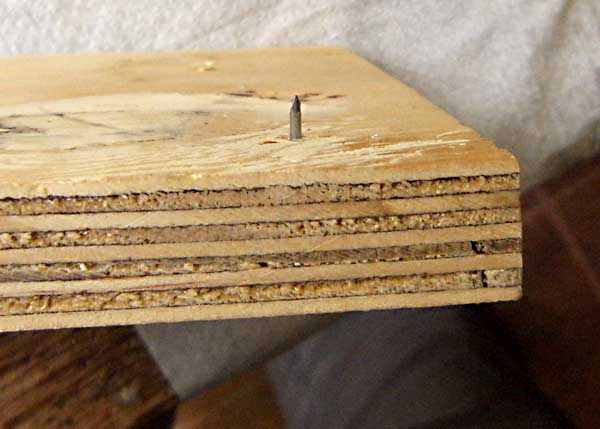
Now set the pillar drill up with a 3.2mm metal (as opposed to wood) bit and set the maximum depth to just above where the pin will be when it’s underneath, about 1mm or even less will be right. Fit a bullet lead, whatever size suits your fancy, onto this pin, the hole should be vertical or near enough as the drill will straighten it at the next operation. Grip the bullet with pliers, start the drill and position the bullet’s hole right beneath the turning bit, this should ensure the new hole is absolutely vertical with the existing hole.
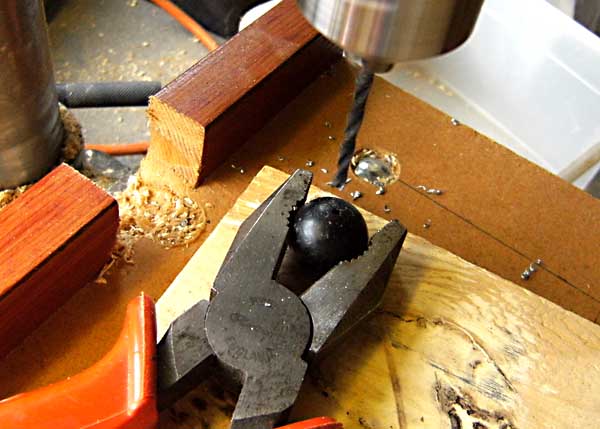
Drill down to the full depression of the drill. You now have a bullet with a small hole from one side and a wider hole from the other side into which fits a length of John Roberts’ Boom Tube.
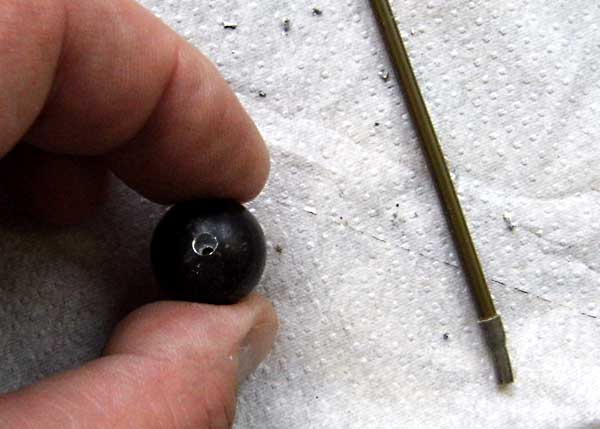
Cut the tube to whatever length you want and you might wish to fit a short length of 3mm silicone tube over the other end, this will create a semi-bolt type rig.
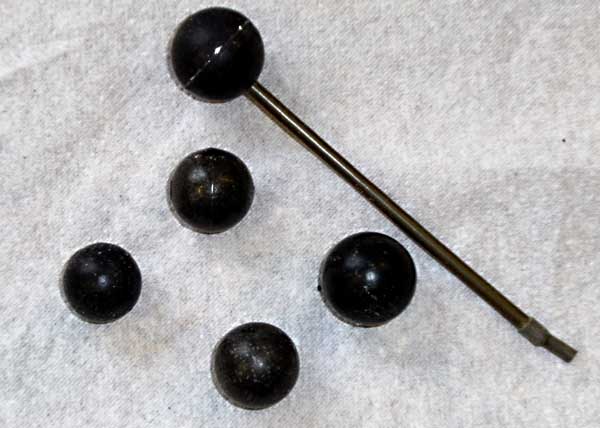
This has worked so far with me and kept me out of quite a few tangles, but there is a slightly more restricted movement of the weight in the river. This may be resolved with lighter leads so I’ve made a few up in different weights.
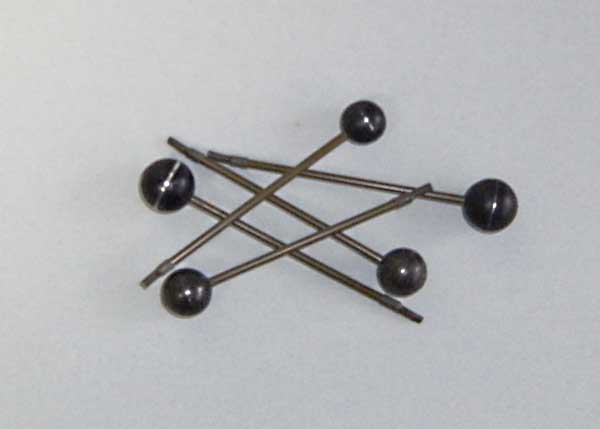
Maybe you would like to try them also. I don’t know what they’d be like in a stillwater, but no worse than many other inline weights I would imagine.










